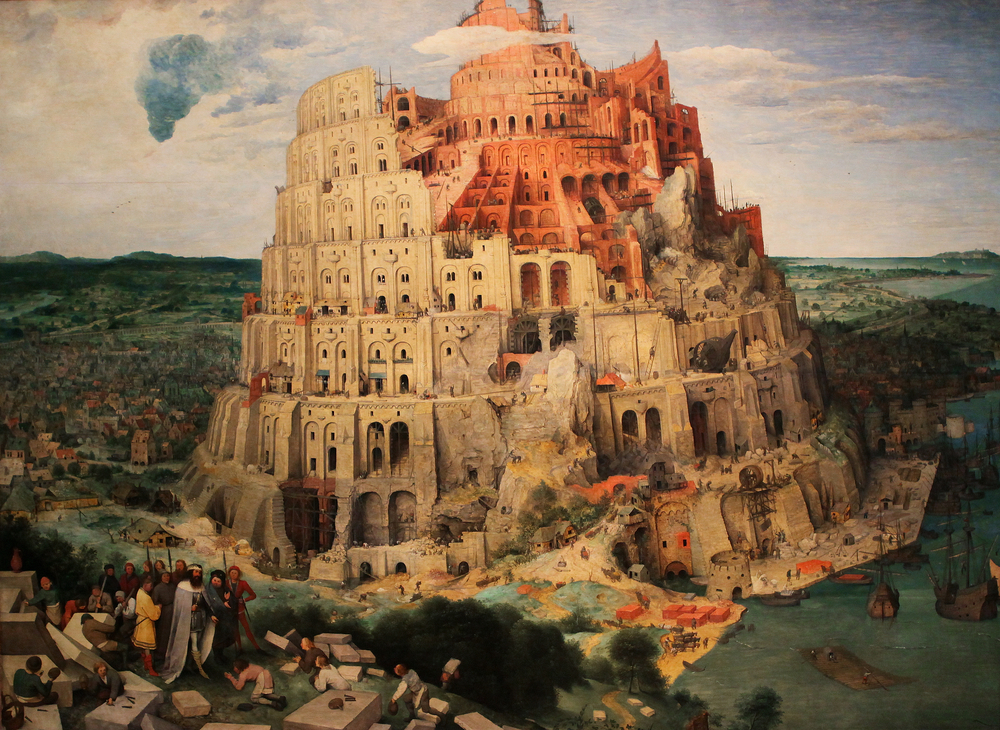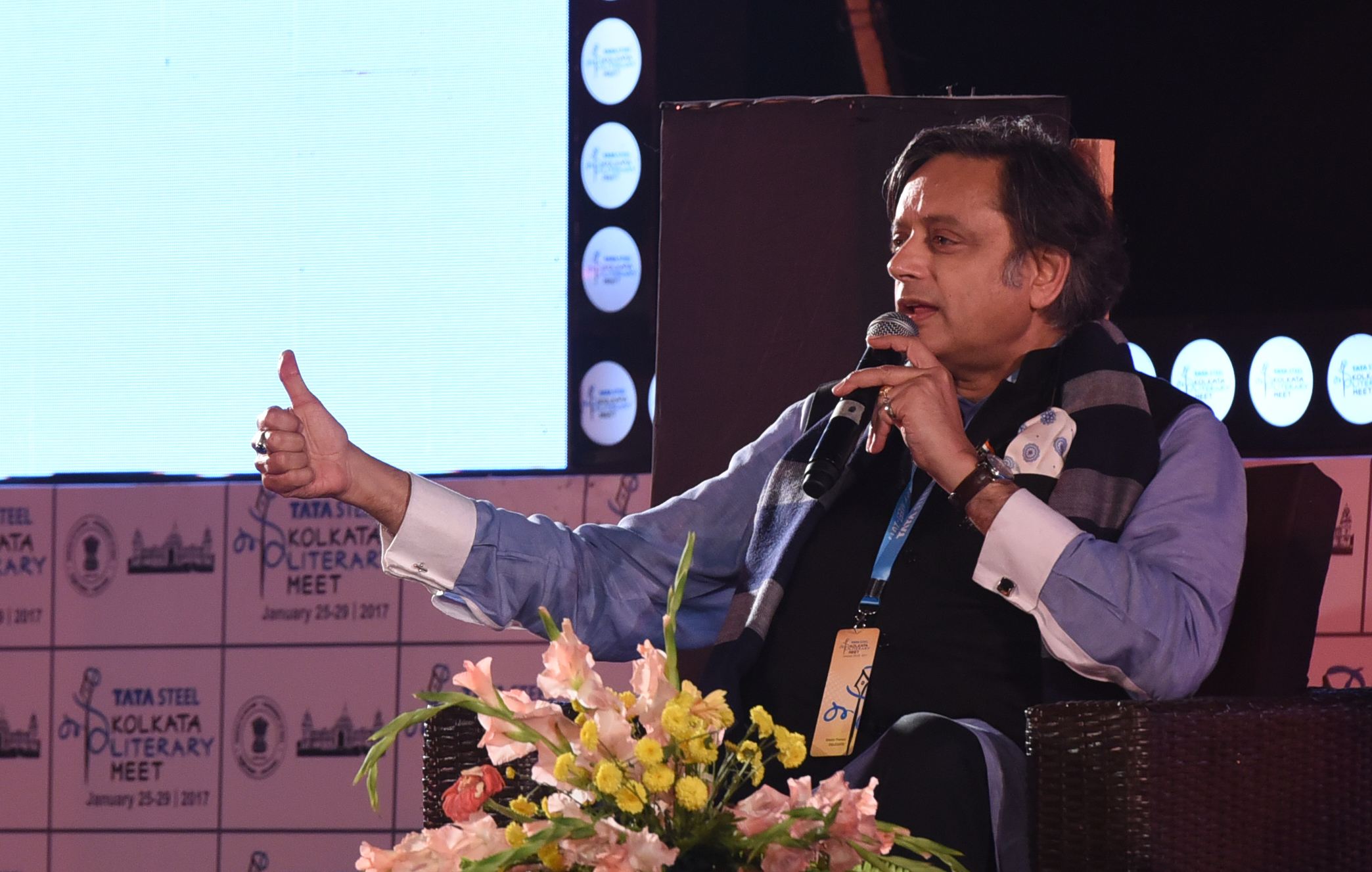The language barrier seems to have been breached: at present, about 52 per cent of the urban youth in India are reported to be bilingual, with 18 per cent being able to speak three languages. On the face of it, this is an encouraging sign: greater demand in the education sector and the job market for the knowledge of multiple languages seems to have heightened interest among young people in familiarising themselves with more than one tongue. A deeper examination, however, reveals a bleaker, complicated picture. For one, rural Indian youth lag drastically behind their urban counterparts in terms of bilingualism, thereby highlighting the skewed ratio of learning opportunities and the scant reach of education in vast swathes of the country. Moreover, the relationship of young Indians with languages runs the risk of remaining dangerously utilitarian if the pursuit of such learning is premised primarily upon its usefulness. It can dilute their understanding of — and their command over — the language they choose to learn. This also has specific implications in a country like India, which has more than 20 official languages and countless other ‘unofficial’ tongues. Among such linguistic diversity, where certain languages are aggressively propagated — often as part of a specific political agenda, such as the increasingly institutional imposition of Hindi as a ‘nation-building’ exercise on parts of the country that are not fluent in or even familiar with it — numerous localised languages and dialects face erasure. As such, an increasingly bilingual or multilingual society is not necessarily a reliable register of the preservation of classical and even smaller languages. The role of the State, irrespective of political ideology, is crucial in ensuring linguistic survival and proliferation. And yet, earlier this year, government officials themselves admitted that more than 40 endangered Indian languages and dialects face extinction. What is being done to protect and propagate them?
In such a situation, it becomes important to render the politics of language more representative in the movement towards preservation of languages and in pedagogy. One way to do that could be to transform the language curriculum, especially in institutes of higher learning, to reflect the richness of India’s linguistic inventory and balance it with the practical needs of professional and public life beyond communication. The State and civil society must work in tandem to achieve this instead of resting on urban India’s new ‘bilingual’ laurels.













